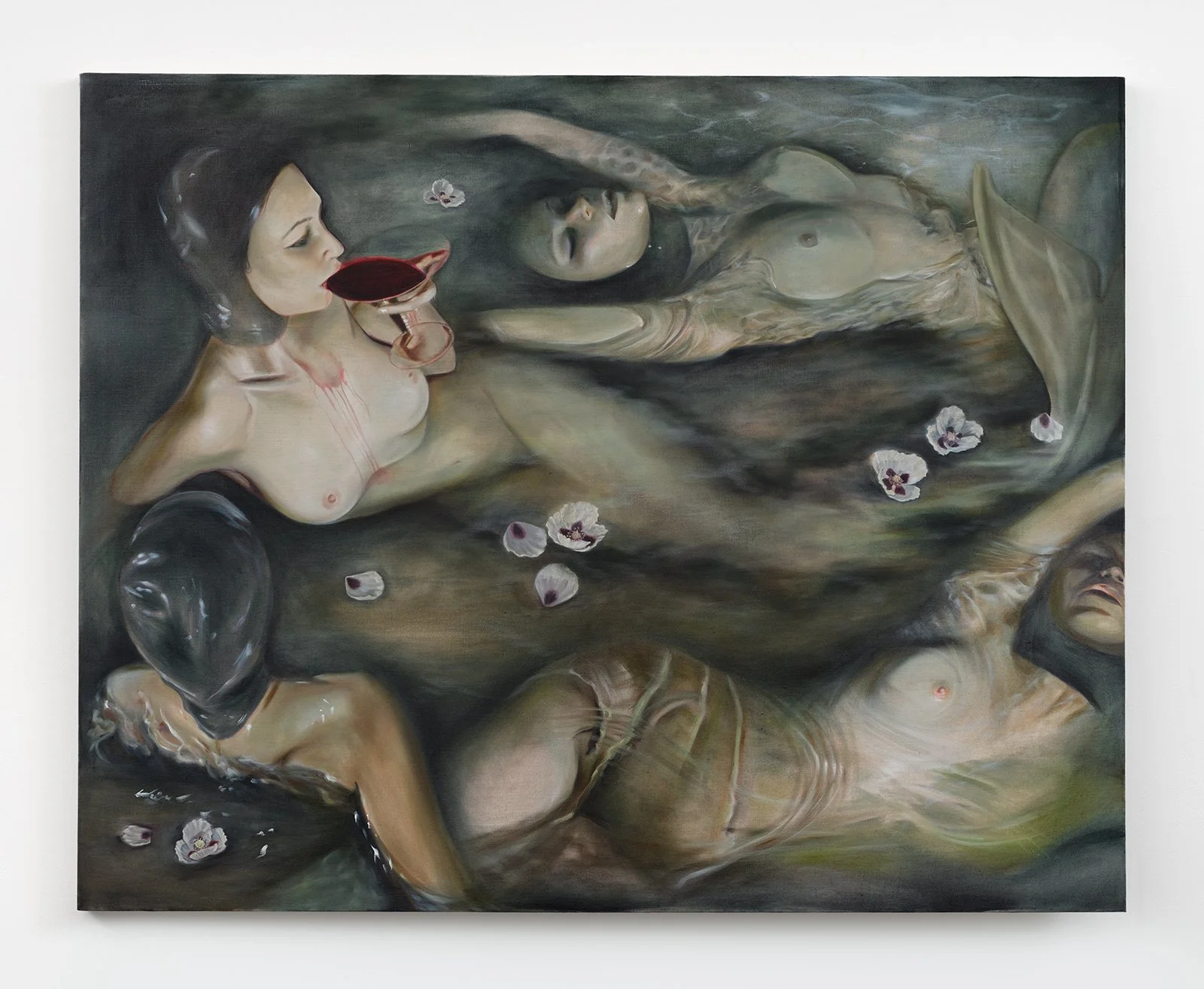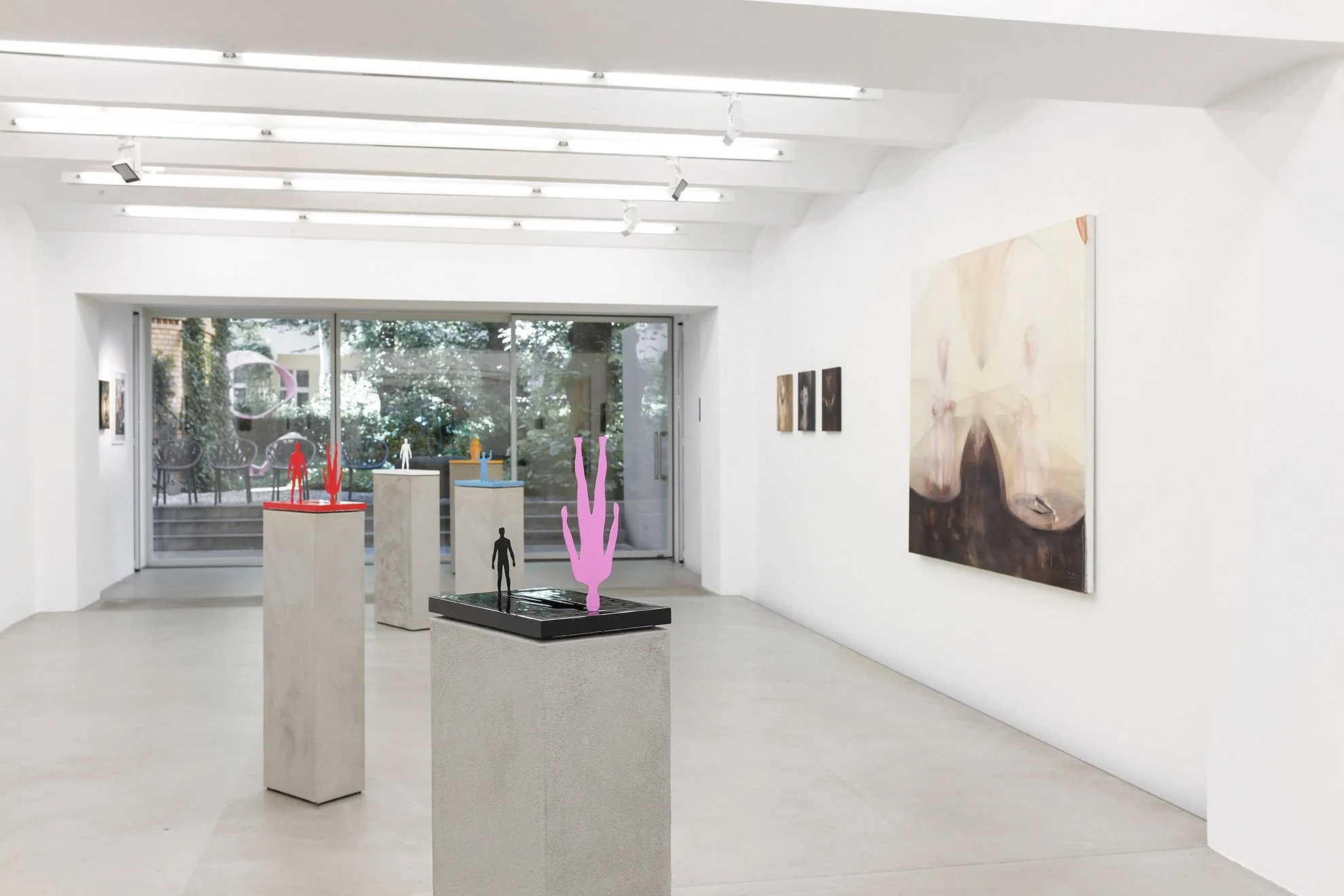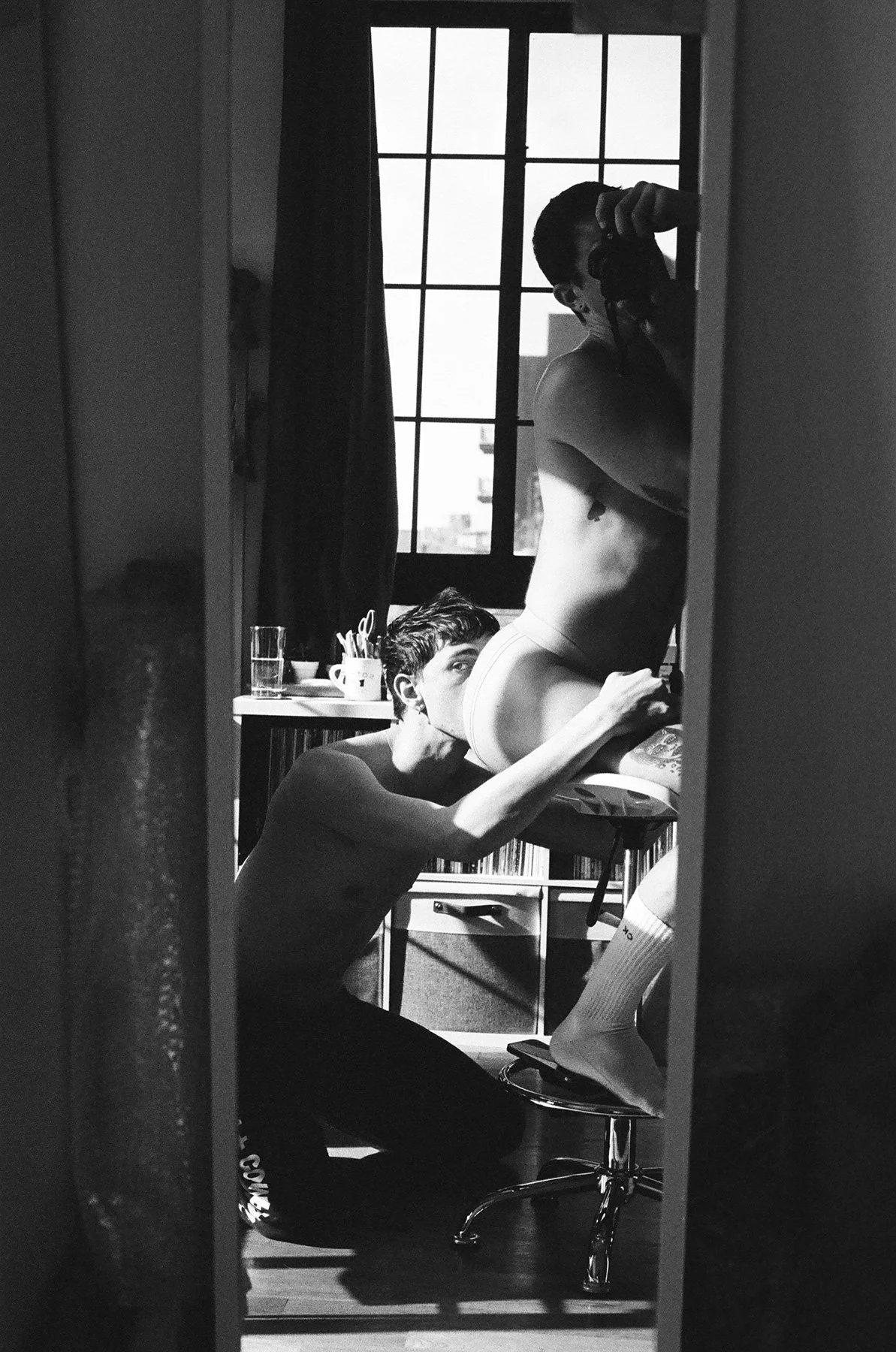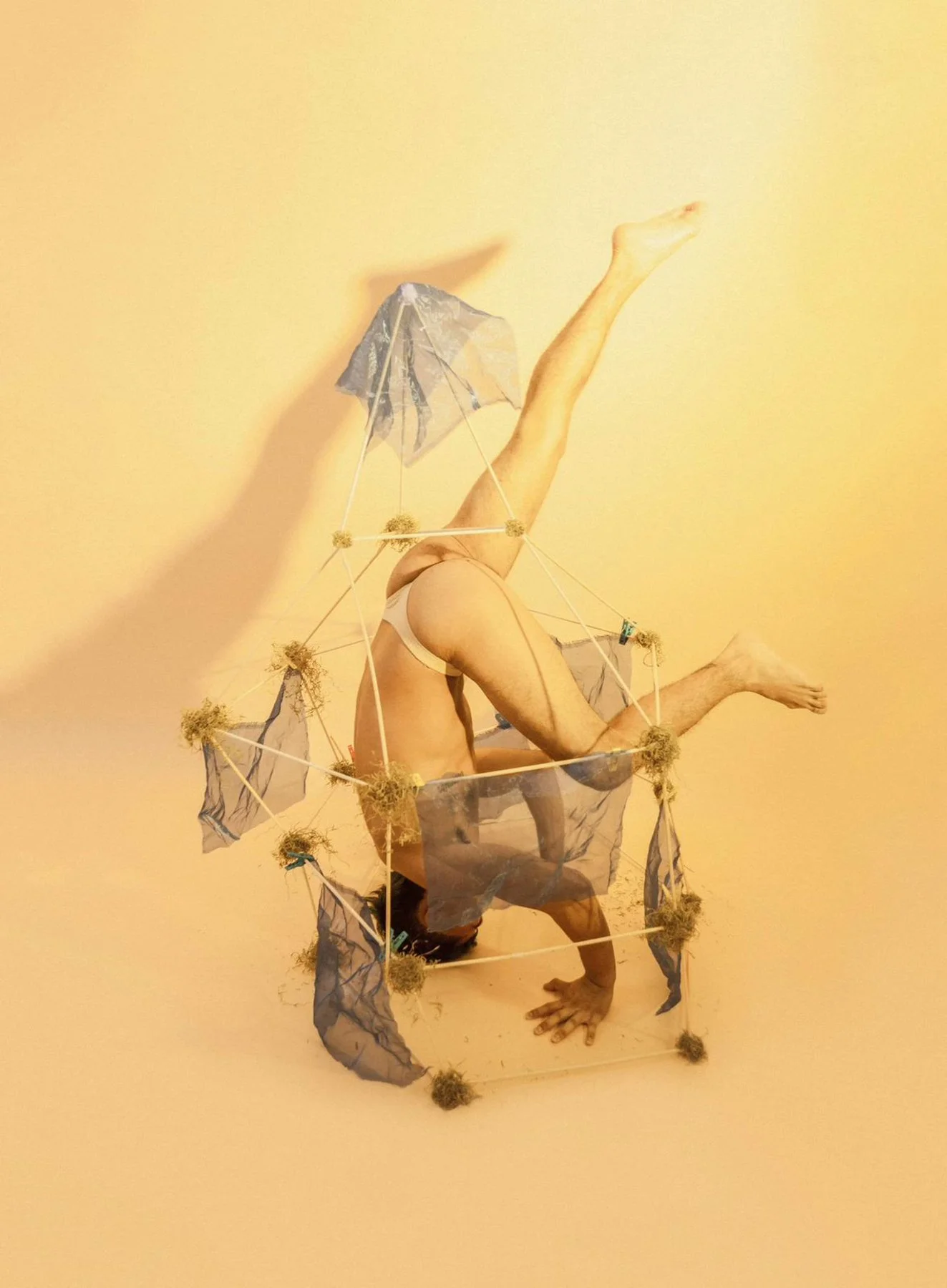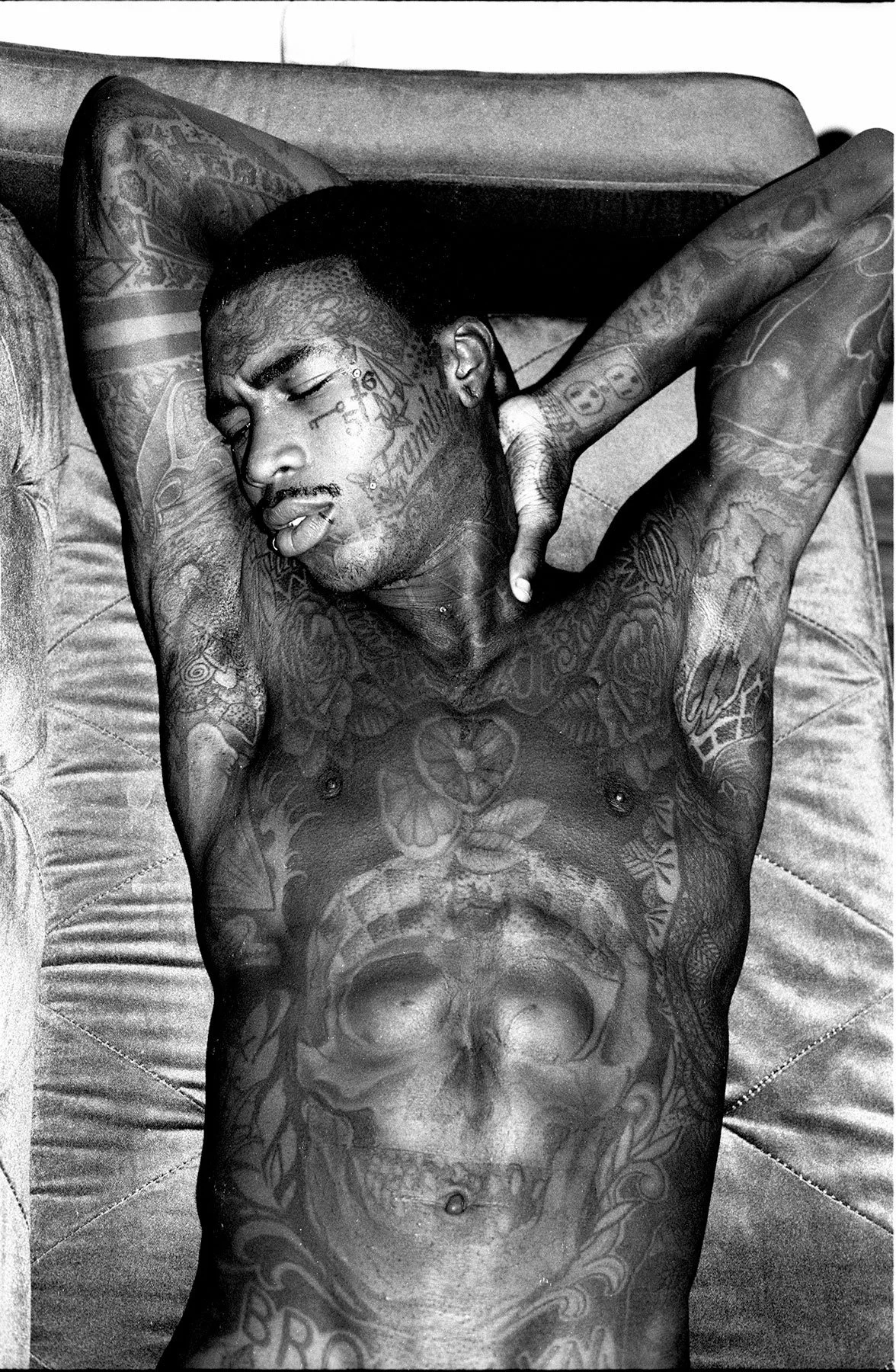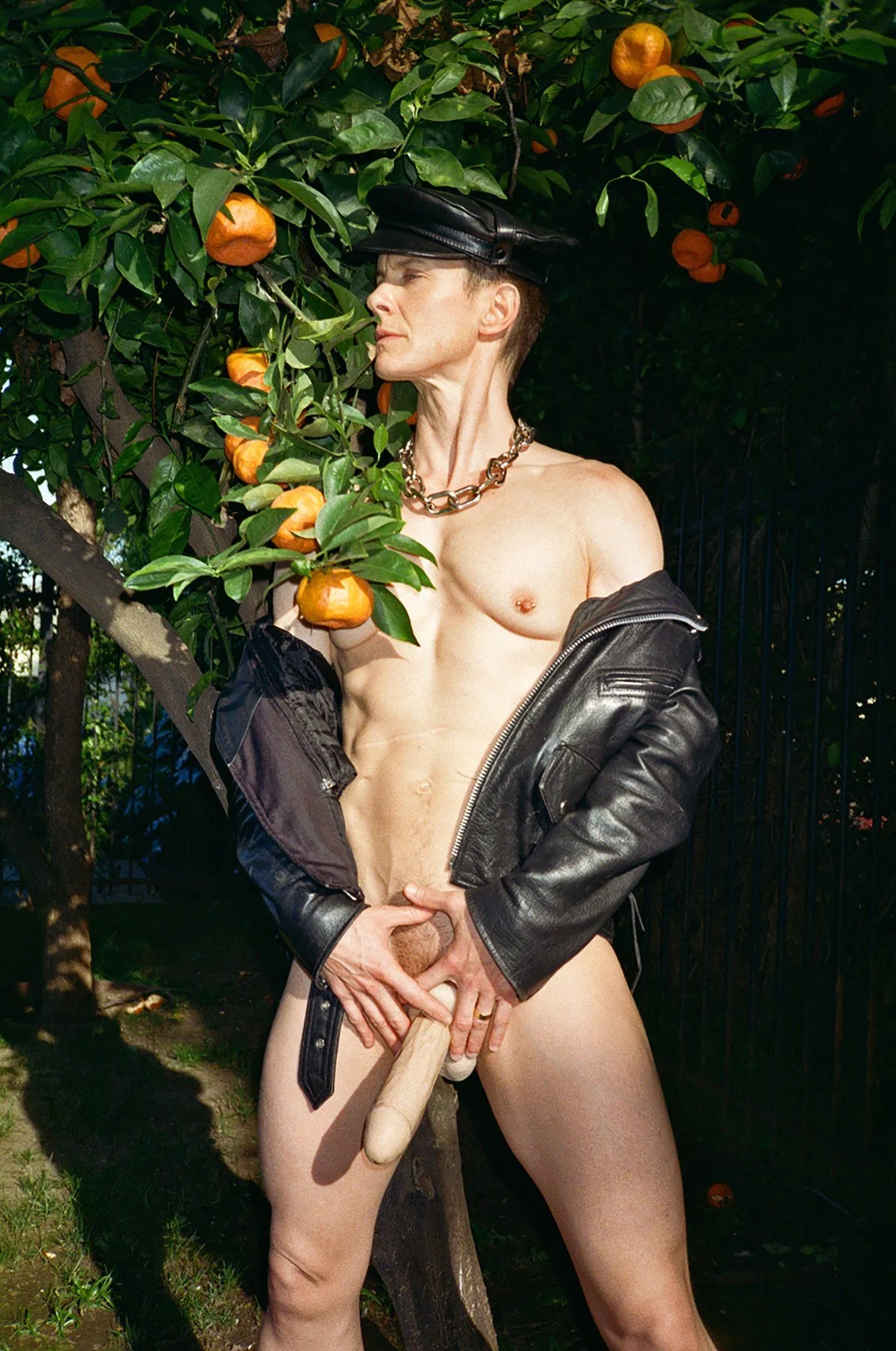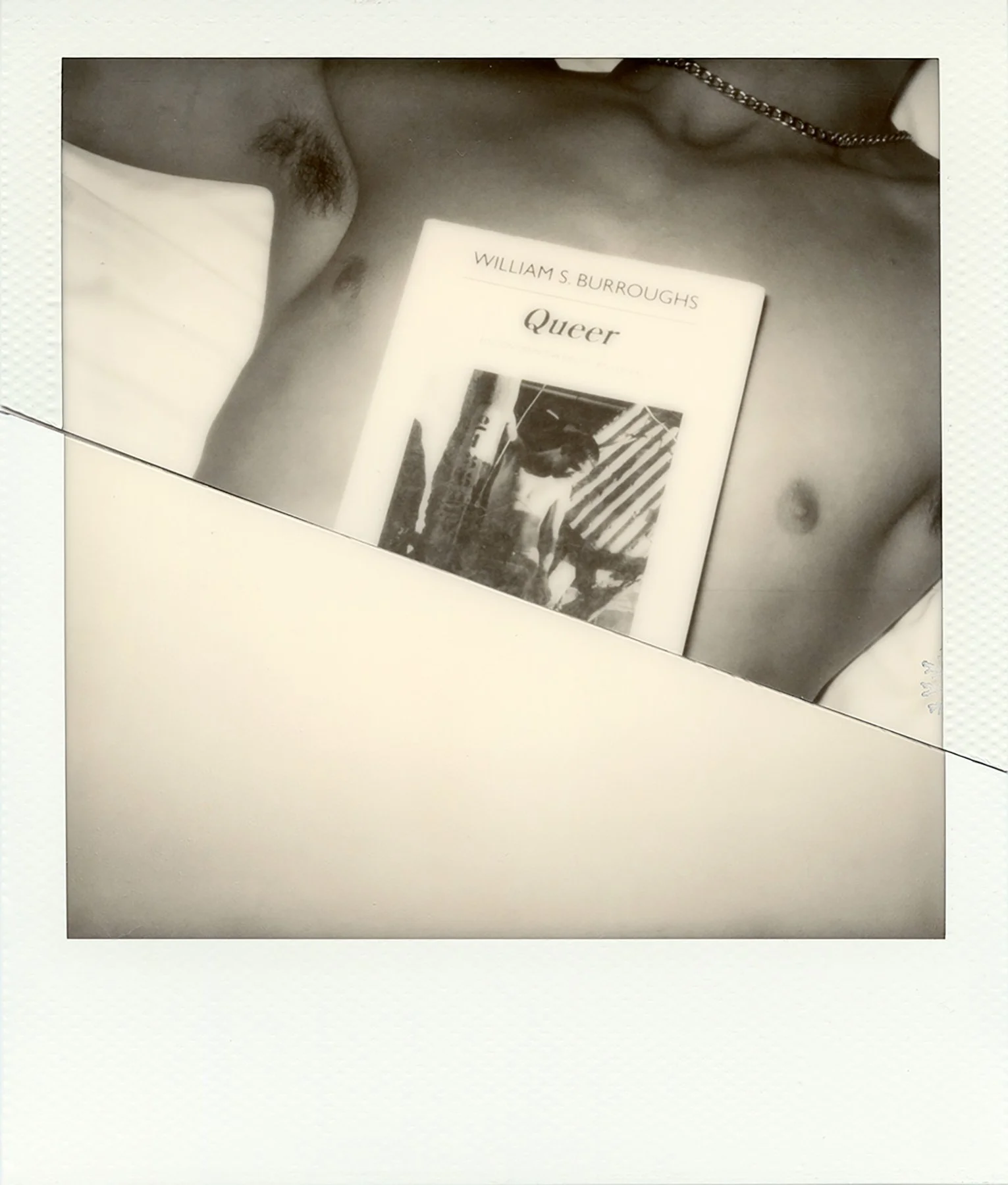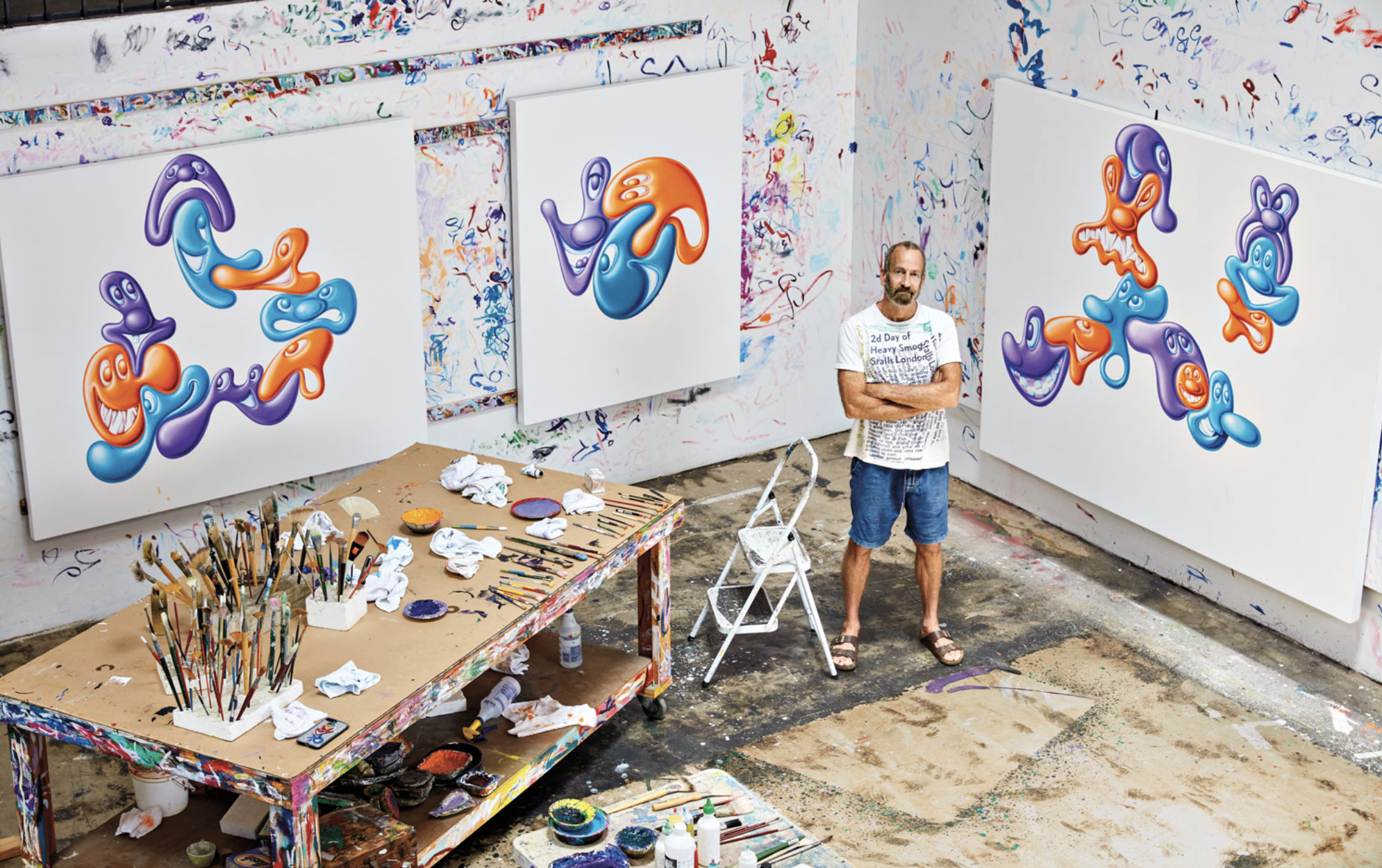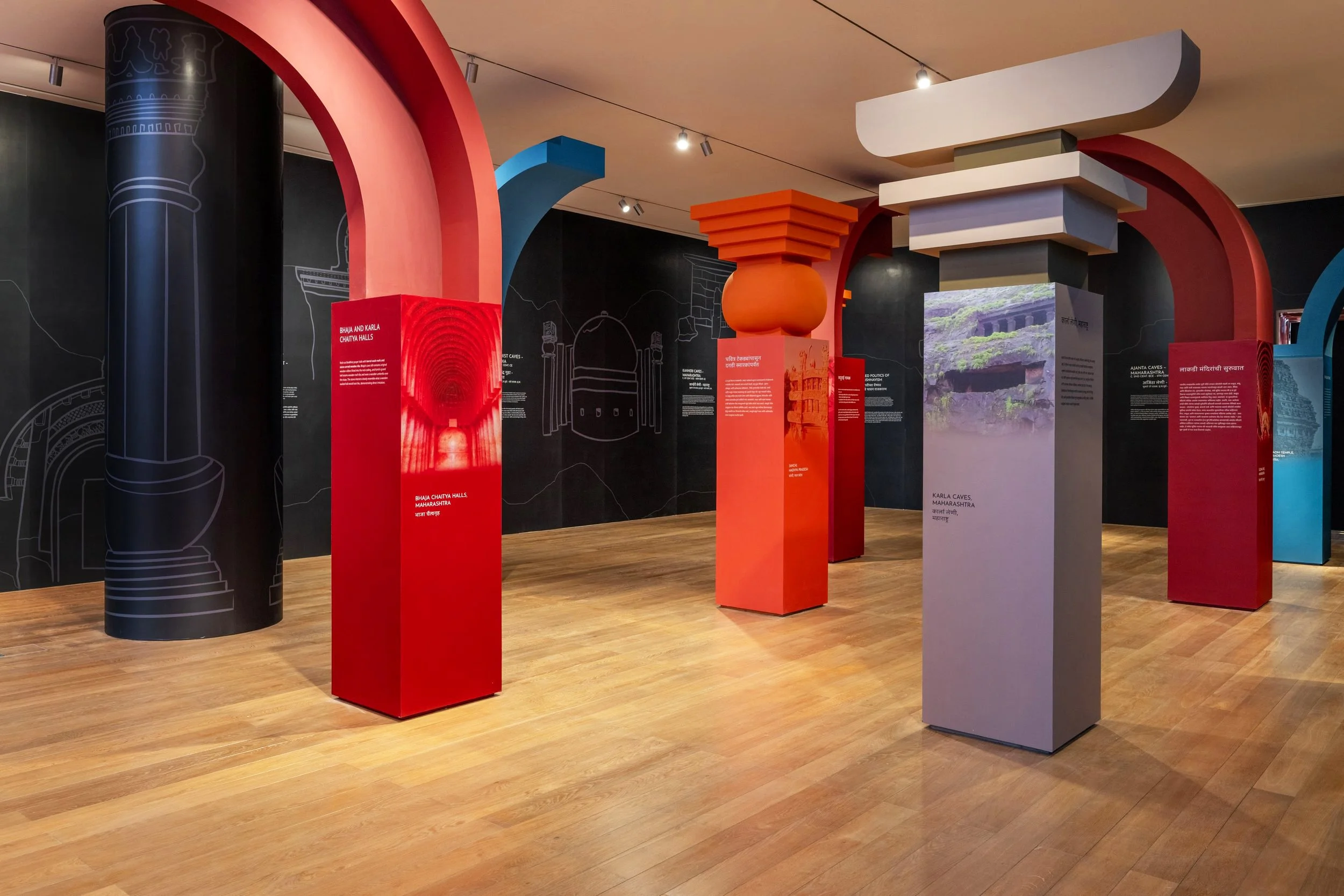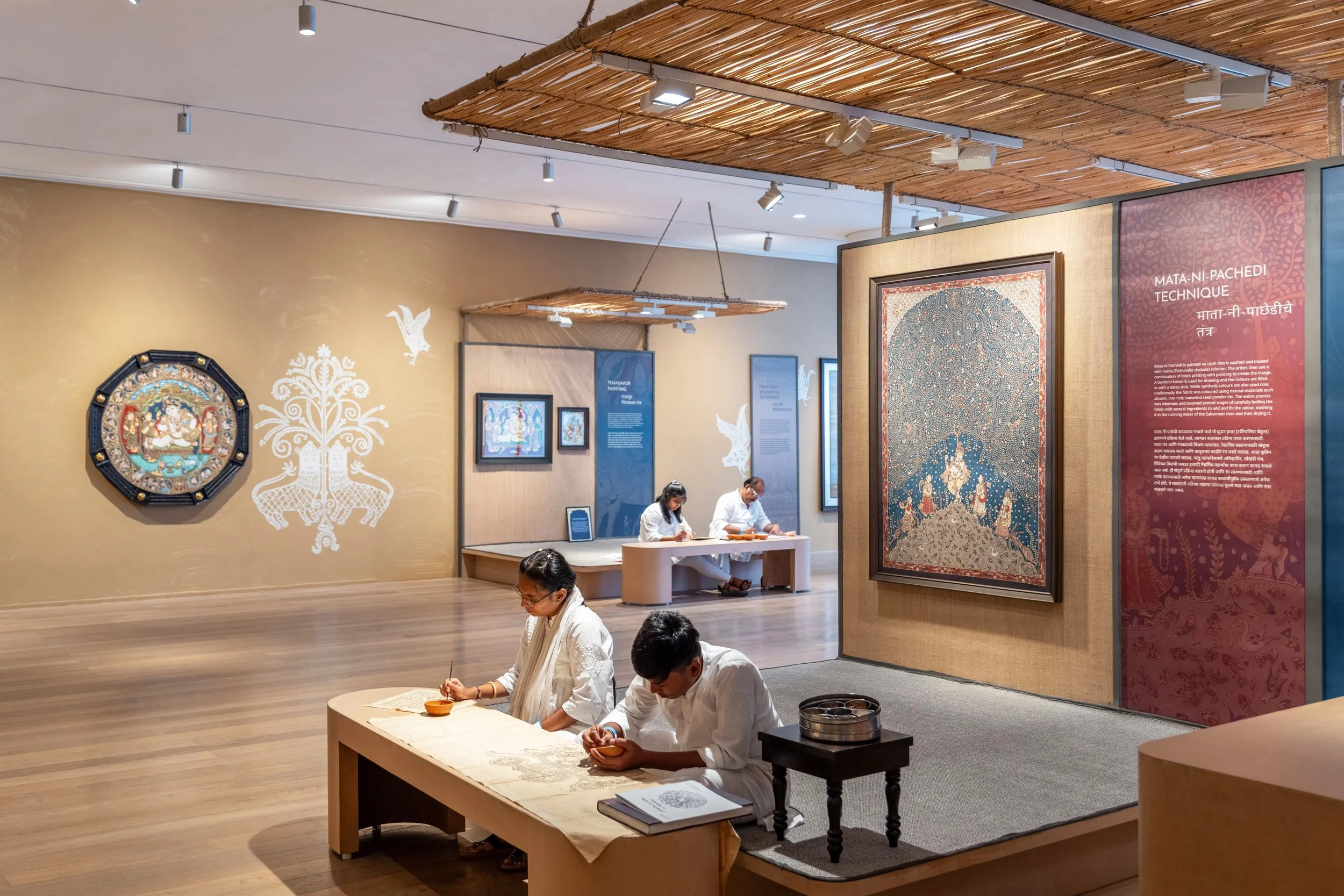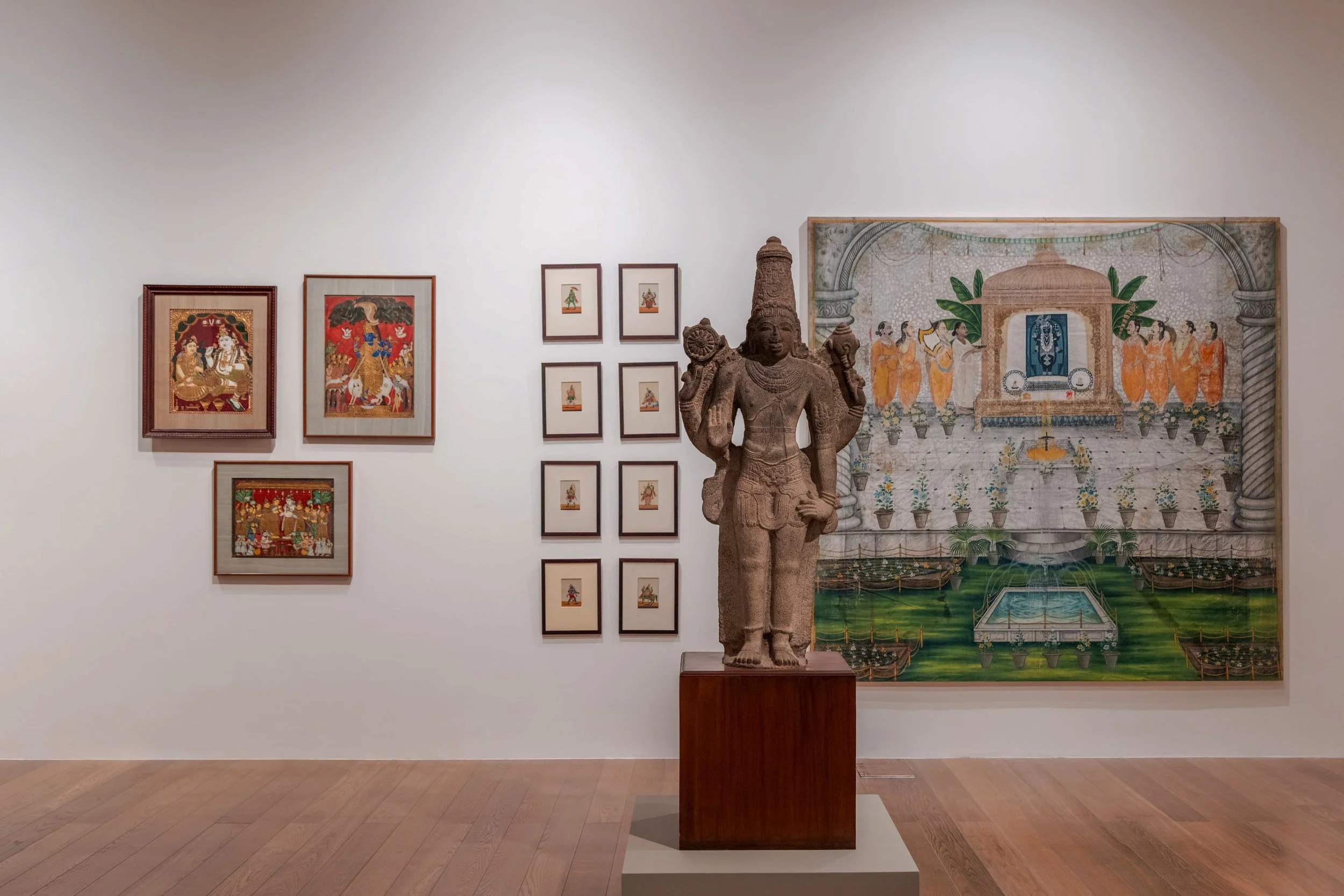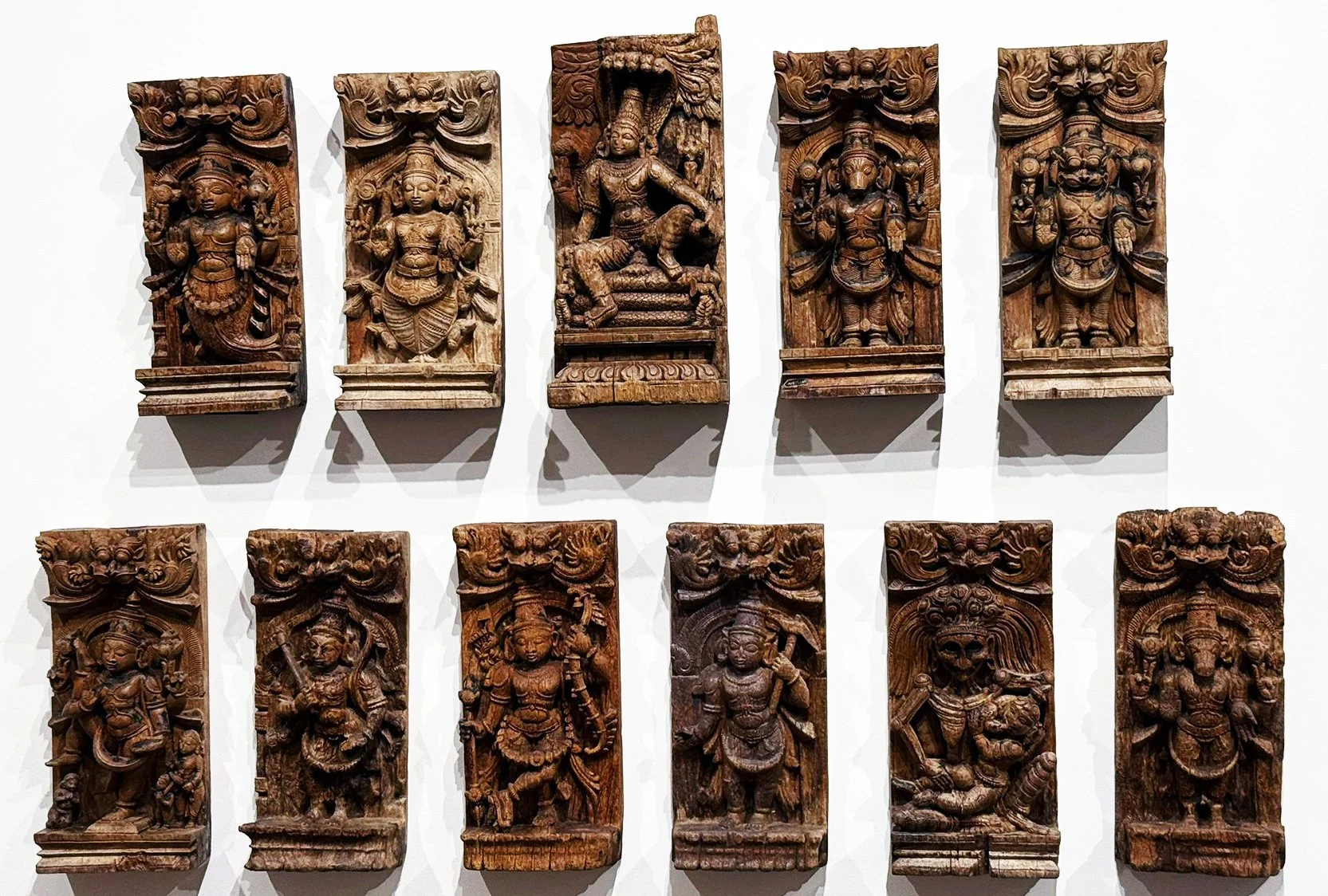NIKI DE SAINT PHALLE, Repainted photo of 'Hon,' 1979, NIKI CHARITABLE ART FOUNDATION, Santee, California. Courtesy of 2025 NIKI CHARITABLE ART FOUNDATION / ADAGP, PARIS
text by Kim Shveka
Artistic couple Niki de Saint Phalle and Jean Tinguely were bound by a rare creative chemistry that defied rules and norms. They were known as the rebels of the ‘60s art scene who ambitiously pushed back against a world too eager to impose order. When the couple met curator Pontus Hulten, the three formed a rare triangle of trust and mutual vision.
Presented at the Grand Palais, this exhibition traces the rich journey of these two artists through the lens of Hulten, sharing their conception of a disruptive, multidisciplinary art in a profound historical approach.
Presented in ten chapters, blended and forming a complete journey through the intertwined lives of the three protagonists, the exhibition truly feels like a voyage. Swaying through the rooms, one cannot escape being washed by a ray of feelings: joy, frustration, freedom, injustice. The experience is curated with such intention that, if you allow the feelings to linger with you, the deeper truths within the art unravel.
View of the exhibition at Grand Palais, in collaboration with Centre Pompidou.
The first room of the exhibition tells the story of Impasse Ronsin in Paris, an artists’ colony in the Montparnasse district that was known to be an international melting pot of creativity. In 1956, Saint Phalle and Tinguely both lived and worked there, although each had been married to their previous partners at the time. Both marriages eventually came to an end, and by 1960, Tinguely and Saint Phalle embarked on a love affair that would intertwine their artistic paths. Tinguely had already known Pontus Hulten, an early believer in rebellious visionaries, and so he introduced his new partner. Hulten was immediately captivated by the young artist and encouraged her to pursue her career as an artist. After gaining traction with her Tirs (Shootings), Saint Phalle embarked on a new series depicting female stereotypes through grotesque, disturbing sculptures, establishing her artistic path and vision, which she followed until the end of her career.
Jean Tinguely, impasse Ronsin
Courtesy of Grand Palais, in collaboration with Centre Pompidou
The next rooms hum and clang with the energy of Jean Tinguely’s machines, creations of rusted steel and chaos, many of them still in active form, bursting with sounds of screeching and rattling. Hulten greatly admired Tinguely’s ability to include movement in his works, eventually setting aside his own art to focus on bringing Tinguely’s art center stage. Hulten aimed to offer artists a place in a society marked by liberty of thought and action. He imagined a world where art isn’t hiding in a museum or a studio, but shouted from the streets, quite literally. This took the form of art that refused passivity; it was uncomfortable and rebellious, taken out to the streets of Paris to address the public directly, offering them new art forms that were interactive and dynamic.
L’Accouchement Rose, Niki de Saint Phalle, 1964
Courtesy of Grand Palais, in collaboration with Centre Pompidou
Scattered like secrets throughout the exhibition are handwritten letters, correspondence between the two artists and Hulten that reveal a high degree of intimacy. Small drawings and sketches crowd the margins: filled with humor, inside jokes, and mostly love. They are love letters, and in reading them, we understand that this isn’t another collaboration between artist and curator. It was a family they formed, held together by a visceral, wild vision and belief in one another. Hulten didn’t just support their work—he adhered to it completely, with a rare kind of loyalty and conviction. Through him, their art found the space it needed and deserved; he created a space for them to grow, to experience, to see themselves without limitations. And through them, he found his true desire and ultimate purpose. From the safety of this nurturing nest, the three were capable of flight.
Niki de Saint Phalle, Pontus Hulten and Jean Tinguely.
Courtesy of Grand Palais, in collaboration with Centre Pompidou
Niki de Saint Phalle, Jean Tinguely, Pontus Hulten is on view through January 4th, 2026 at Grand Palais, Square Jean Perrin - 17 Avenue du Général Eisenhower 75008 Paris


